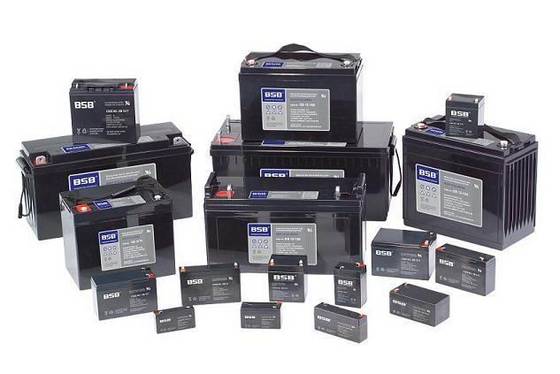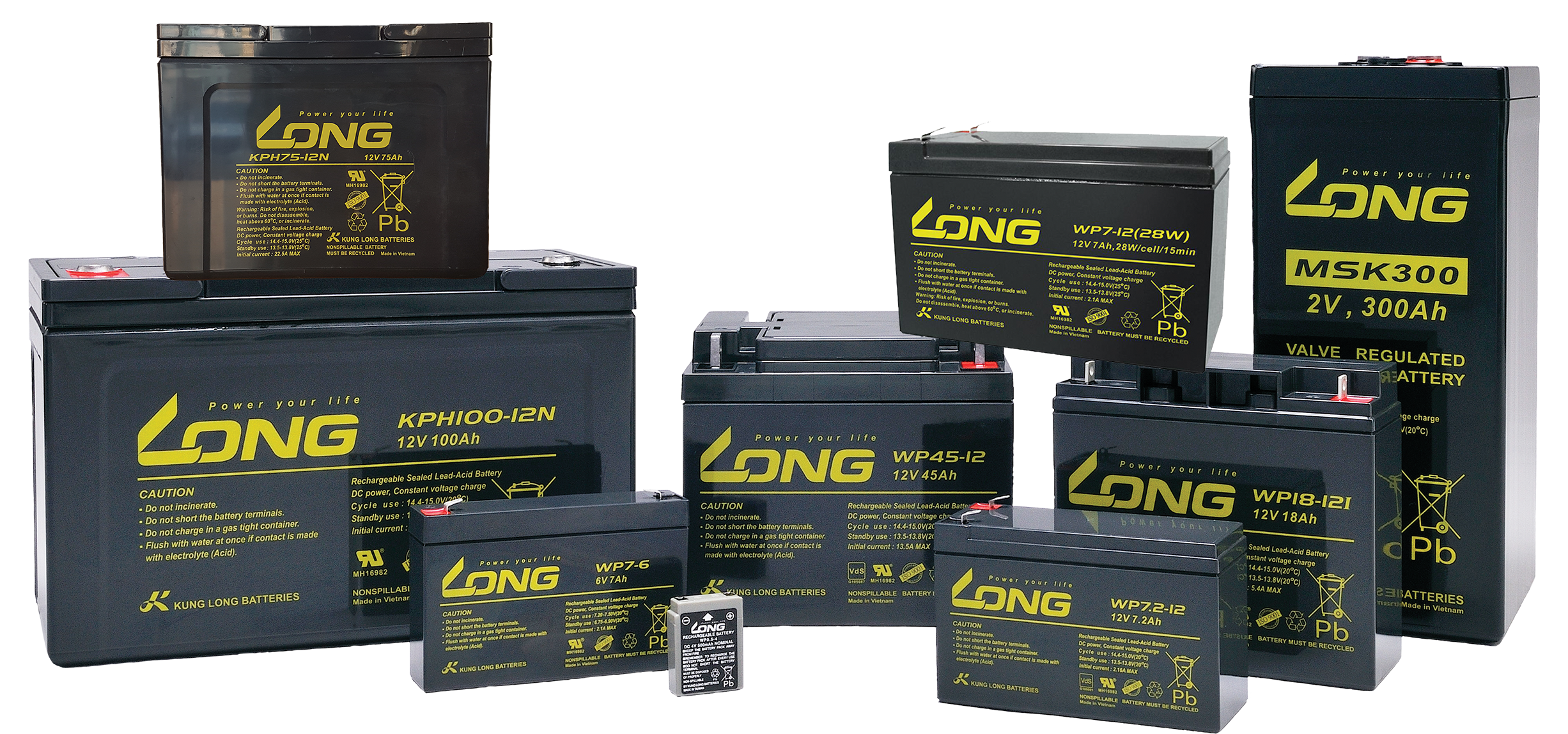| What kind of batteries should we use in the UPS?
Generally the UPS batteries are exclusively rechargeable secondary batteries. But select the type of battery according to environmental constraints (including temperature, humidity, high explosive environments, environmental impacts of the battery, etc.), charging and discharging constraints (battery discharge time, charge time, available source for Charging and …), the limitations are related to the structure and physical characteristics of the battery such as weight, dimensions, charge and discharge cycle gases, charge and discharge cycle efficiency, and finally, price and reliability considerations, etc. . |
This article attempts to introduce the batteries required for use in more general conditions. Obviously, experts at Tethys are ready to offer advice on choosing the right battery for your particular situation. Based on the above, based on the relative importance of each parameter, the following categories can be reached:
A. Temperature: The ambient temperature of the battery installation, including the average temperature, the minimum and maximum temperature, is one of the most important parameters for choosing the type of battery. Nickel cadmium batteries are usually used for battery use at very low temperatures and at very high temperatures. This type of battery has a long life span, in addition to its wide operating temperature range, but costs about 10 to 15 times the cost of lead acid batteries. Lead-acid batteries are generally used in economically low-temperature environments (zero to 40 ° C). B – Humidity: In extremely humid environments, Epoxy coatings are generally used for terminal protection and battery connections. C. Environmental Impacts: In some cases, the use of special batteries is inevitable due to the materials in the environment as well as the effects of the gases from the battery. These are mostly used in SEALED batteries. In this type of battery, the battery charge and discharge cycle is carried out in a closed cell, which means that the cell is sealed, in other words, normal battery performance has no environmental impact and can be installed in users’ workplaces.
A. Discharge Restrictions Generally the ratio of the discharge current to the rated capacity of the battery is a determinant of the battery’s battery life and its useful life. This low ratio in the secondary (rechargeable) batteries allows the battery to convert a greater percentage of its chemical energy into electrical energy. Given the above and the fact that rechargeable batteries as a source of energy are widely used in various industries and applications, the need to produce different batteries for power supply at different times is required. for example Nickel-cadmium batteries are designed and manufactured in a variety of fast discharges (less than half an hour), medium discharges (between half an hour and 3 hours) and slow discharges (one hour up). In lead-acid batteries, its rated capacity is expressed in terms of battery discharge time. Battery selection after specifying the type of battery (lead-acid, Nickel – Cadmium, etc.), in order to calculate the required capacity, it must also be considered for its discharge time. to the In other words, batteries with a rated output of 100 amps and actual discharge times of 20 hours, 10 hours, 5 hours and HIGH RATE are different.
B- Charging restrictions Each of the types of secondary batteries has its limitations and considerations to recharge (eg MEMORY EFFECT on Nickel-Cadmium batteries, minimum and maximum charge current varying in batteries, maximum instantaneous current). In a variety of solar cells, the floating voltage and its dependence on the ambient temperature, the cyclic and floating charge voltage, etc.) These considerations make the use of the charger proportional to the type of battery required, so use different types of chargers in the conditions and applications. Different is not possible and so if you need to change the battery model in operating systems, b Charger replacement is also required.
A. Dimensions: In many applications due to the space available, the dimensions of the battery will be important in order to better align to occupy less space and easier access to test. B. Battery Weight: In some cases, battery weight, and more precisely the ratio of energy to battery weight, is also an important parameter, especially in portable applications. C. The use of batteries without the need for service and maintenance as well as without environmental impacts is one of the determinants of battery selection. D. The charge-and-discharge cycle efficiency (the ratio of the power received when discharging versus the power used when recharging) is particularly important in batteries, especially where limited energy resources (such as renewable energy) are available.
Considering the longevity and reliability of the correct performance, in many cases, the price of the battery is an important factor in making the final decision. Nominal capacity in acidic lead batteries As we know in theory, the capacity of a battery is the result of multiplying the current drawn from the battery while the battery is capable of supplying the current before its voltage drops below a specified value for each cell. For example, the capacity of a battery capable of supplying a current of about 5 amp for 20 hours before its voltage reaches 1.75V (per cell) is called 100 amp. In theory, this battery should supply 1 amp for 100 hours and 100 amp for 1 hour. However, in practice the actual capacity of a battery is a function of its discharge current ratio to its rated capacity, so the rated capacity is etched on the battery along with the time available to it (generally 10 hours, 20 hours, and sometimes 5 hours).In this case, with a 100 amp battery with a charge of 10 hours you can have a current of 10 amp for 10 hours or 5 amp for 20 hours. At discharge times longer than the amount engraved on the battery, this relationship (with high accuracy) remains linear.But at lower discharge times (according to the manufacturer’s curves) the actual capacity of the battery is reduced. On average, batteries with a discharge coefficient of 10 hours under one hour discharge can only provide 55 to 62% of their rated capacity, ie 55 amp to 62 amp for a 100 amp battery, this for batteries with a 20 hp between 50 Varies up to 57%. Therefore, using High Rate batteries is more economical to choose the battery for UPSs with less than 3 hours of electricity, meaning higher energy can be obtained for lower price, volume and weight. In High Rate batteries, discharging the battery in one hour will achieve 65 to 70% of rated battery capacity. Obviously, with less than 30 minutes of discharge time, the actual capacity difference of the High Rate batteries will be even higher.
And that’s not the only difference with High Rate batteries. When discharging conventional batteries with currents greater than 2 times the rated capacity of the battery, (UPSs with a power duration of less than half an hour impose this condition on the battery, so use high batteries in this type of UPS. Rate is inevitable) The heat created in those batteries drastically reduces the battery life. |
||||||||||||||||||||||||||||||||||||||||||||||



